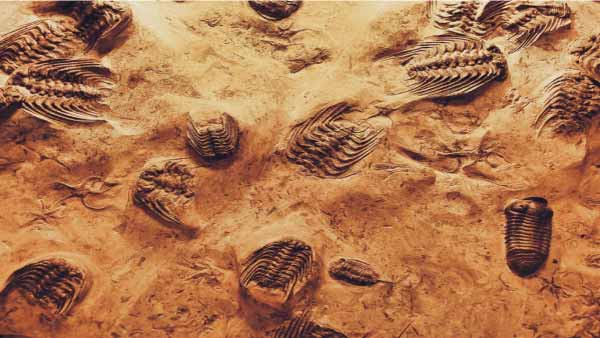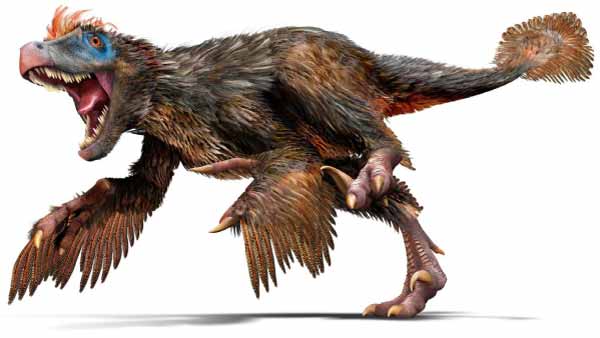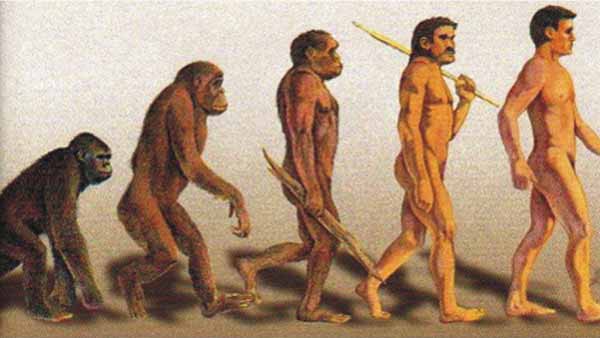Paleontological biogeography is a branch of paleontology that studies the distribution of living things over geological time. Through analysis of fossils and their geographic distribution, paleontologist biogeographers can reconstruct the evolution and history of life on Earth. Paleontological biogeography can also provide important information about the evolution of continents and the formation of geographical barriers separating different biogeographic regions.
In paleontological biogeography, different tools and techniques are used for the analysis of the distribution of fossils in time and space. These methods include analyzing fossil distribution patterns, correlating fossils with geological events, and comparing faunas and floras from different regions. Through paleontological biogeography, researchers can better understand how life on Earth has evolved and how different biogeographic regions have formed and shifted over geological time.
It can also help explain mass extinction events and the underlying causes of changes in the geographic distribution of organisms. For example, the Cretaceous-Tertiary (KT) mass extinction about 65 million years ago had a major impact on the diversity of organisms and their geographic distributions. By studying fossils from before and after KT, paleontologists can gain insight into how the extinction affected different species and how the geographic distribution of organisms changed as a result.
Paleontological biogeography is an important tool for understanding the evolution of organisms and how geological and climatic forces can affect the distribution of species over geological time.
Geographical distributions
Geographic distribution refers to the presence or absence of a species in a given geographical area. This distribution can be influenced by a variety of factors, including geography, climate, evolutionary history, and interaction with other species.
There are different patterns of geographical distribution that have been observed in nature. One of the most common patterns is disjoint distribution, where a species is found in two or more geographic areas that are separated by an area in which the species is not found. This pattern may be the result of continental drift, where two areas that were once joined separated due to tectonic activity.
Another geographic distribution pattern is continuous distribution, where a species is found over a wide geographic area without significant disruption. This pattern may be the result of successful adaptation to a wide range of environmental conditions.
In addition, there is also endemic distribution, where a species is found only in a particular geographical region, and nowhere else in the world. This may be the result of isolated evolution in a specific region over an extended period of time.
The geographic distribution of a species can be influenced by a variety of factors, and geographic distribution patterns can provide information about the evolution and history of the species in question.
Geographical barriers
Geographical barriers are physical or environmental obstacles that limit the geographic distribution of a species. These barriers can be natural, such as mountains, rivers, oceans, deserts and glaciers, or they can be created by human activity, such as roads, cities and industrial zones.
Geographical barriers can influence the geographic distribution of a species in different ways. For example, a species found on one side of a mountain may not be able to cross to the other side due to different climatic and geographical conditions. In addition, a species that depends on fresh water may be limited to areas where there are rivers and streams.
Geographical barriers can also contribute to species diversification. When a geographical barrier separates a population from a species into two distinct areas, each group may evolve differently as they face different selective pressures and changes in the environment. Over time, the two populations may develop unique characteristics and eventually become different species.
Geographical barriers can limit the geographical distribution of a species and can also have an impact on the evolution and diversification of species over time.
Migration and dispersal patterns of organisms
The migration and dispersal patterns of organisms refer to the movements of organisms through space and time. These patterns can be influenced by a variety of factors, including resource availability, the presence of predators, and habitat quality.
There are several migration patterns that have been observed in nature. One of the most common patterns is seasonal migration, where organisms move to different areas according to the seasons of the year to take advantage of the resources available at each moment. For example, some bird species migrate south during the winter to avoid adverse weather conditions in the north.
Another migration pattern is daily migration, where organisms move into different areas throughout the day to avoid unfavorable environmental conditions. For example, some insects move into shaded areas during the hottest hours of the day to avoid heat and dehydration.
In addition, there is also dispersal, where organisms move into new areas in search of resources and to avoid competition with other species. Dispersal can be influenced by factors such as the availability of suitable habitat and the presence of geographical barriers.
In summary, the migration and dispersal patterns of organisms can be influenced by a variety of factors and can provide important information about the ecology and evolution of species.
Cretaceous-Tertiary (KT) mass extinction
The Cretaceous-Tertiary (KT) mass extinction, also known as the Cretaceous-Paleogene extinction (K-Pg), was a catastrophic event that occurred approximately 66 million years ago. This event resulted in the extinction of about 75% of species on Earth, including non-avian dinosaurs, and was a major turning point in the evolutionary history of life on Earth.
The most accepted cause of the KT extinction is the impact of a giant asteroid, which would have created a large amount of dust and debris that covered the atmosphere and blocked sunlight. This would have led to global cooling and significant changes in climate, as well as the loss of vegetation and reduced oxygen levels in the oceans.
In addition to the immediate effects of the impact, the KT extinction also had long-term effects on terrestrial and marine ecosystems. The loss of the great dinosaurs left room for mammals and other groups of animals to thrive and diversify. There was also a change in the composition of marine fauna, with the extinction of many groups of organisms such as ammonites and rudistas, and the rapid radiation of sharks and rays.
In summary, the Cretaceous-Tertiary mass extinction was a major event in the history of life on Earth that had a significant impact on the evolution and diversity of species on the planet.


